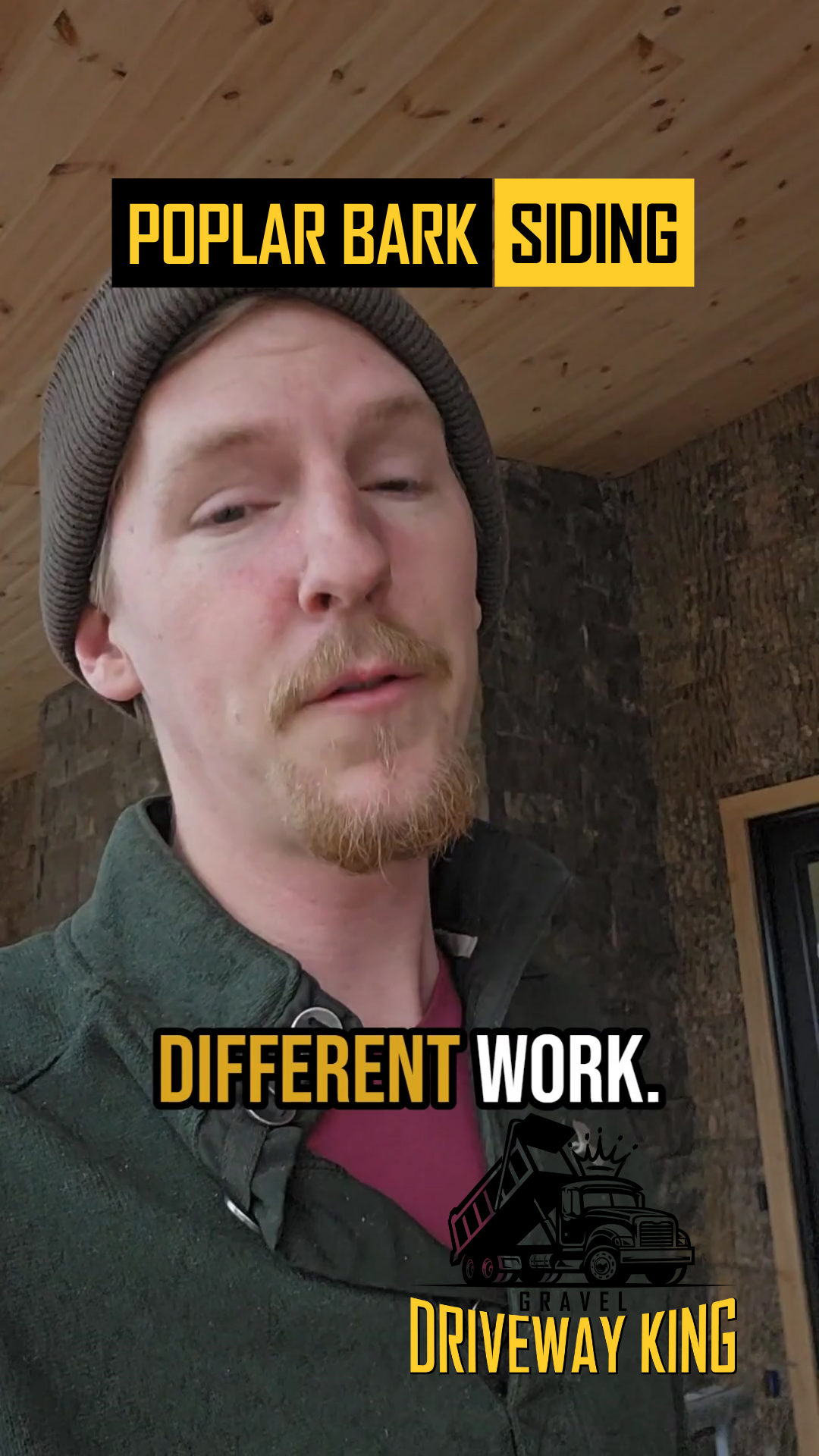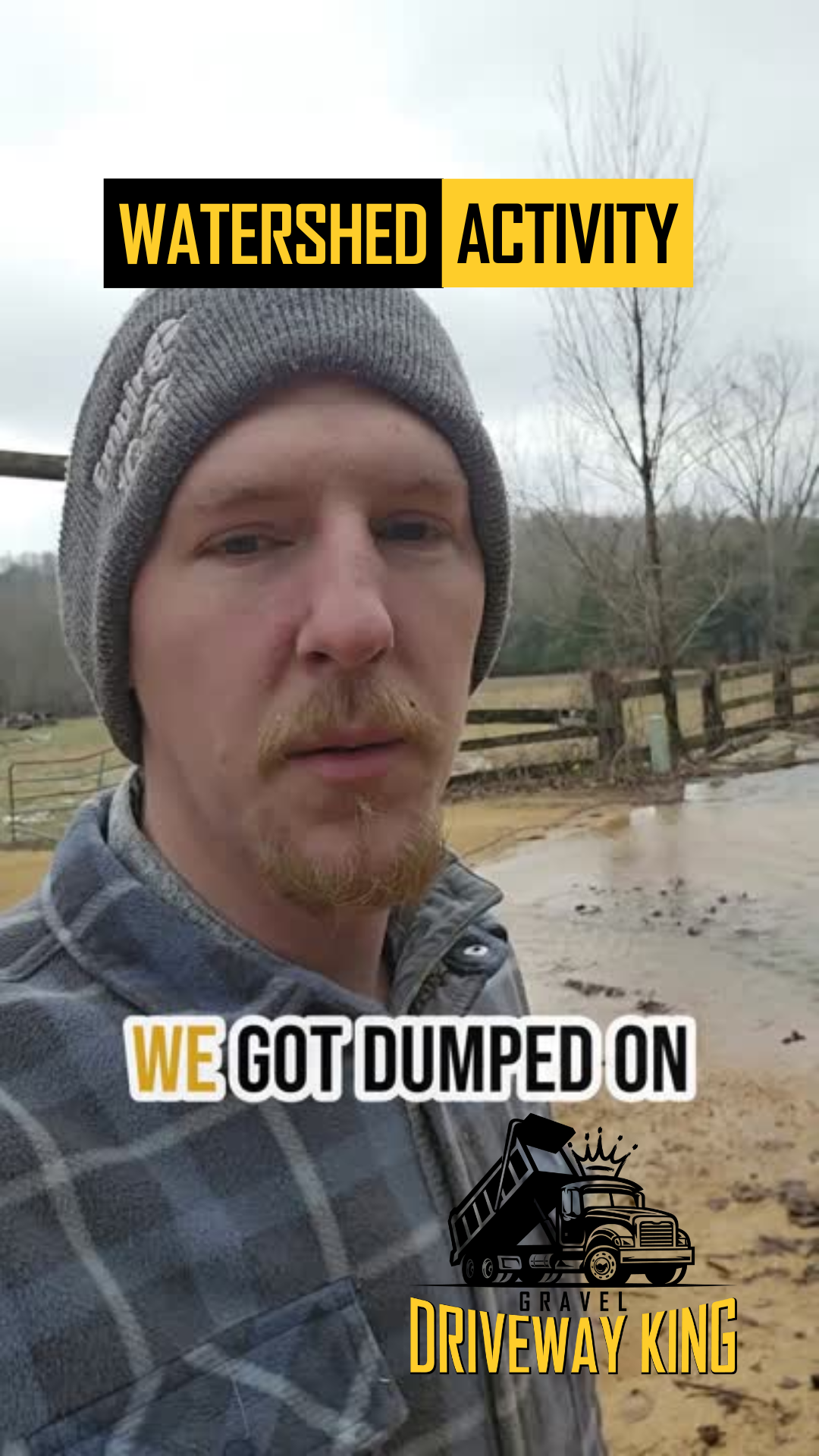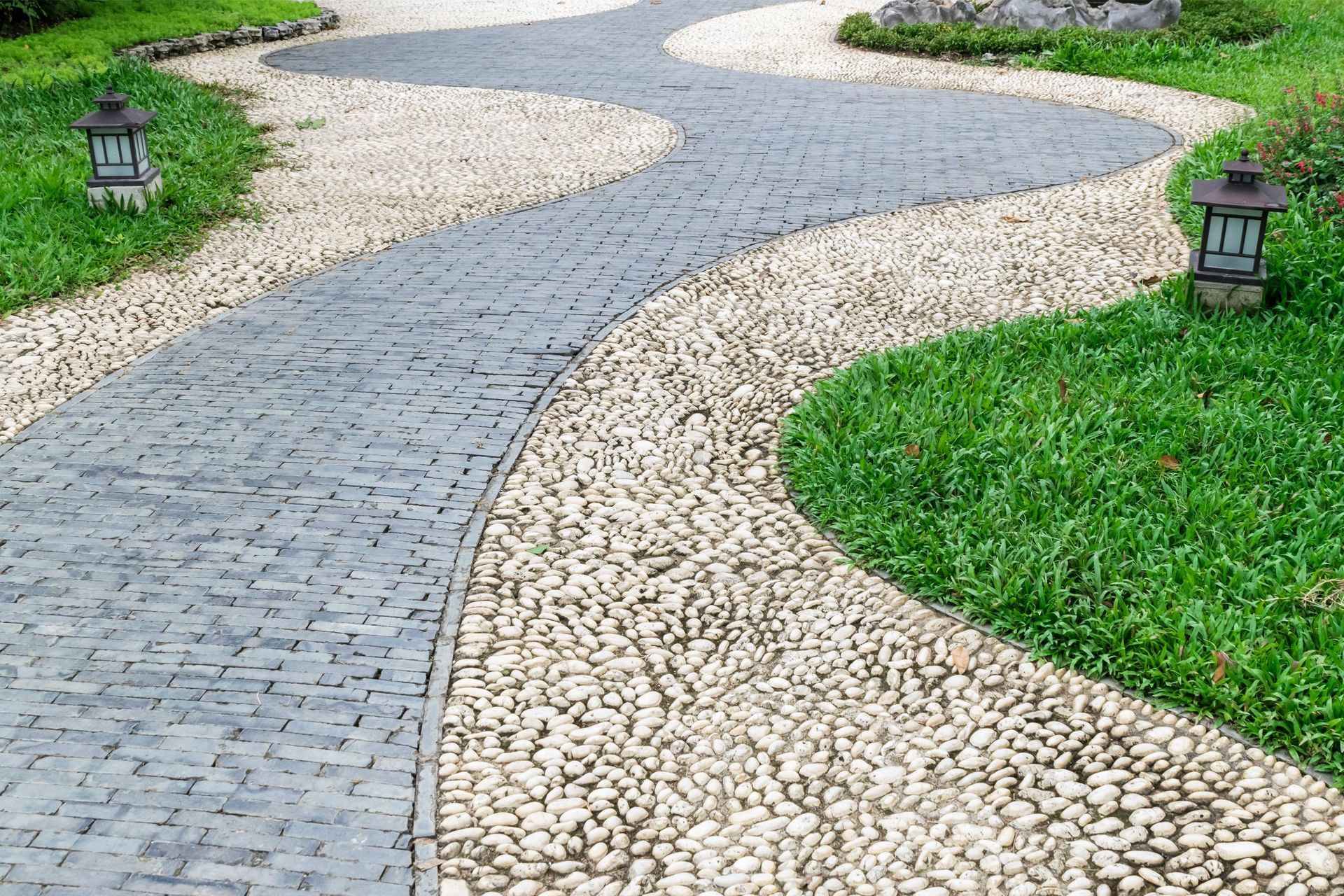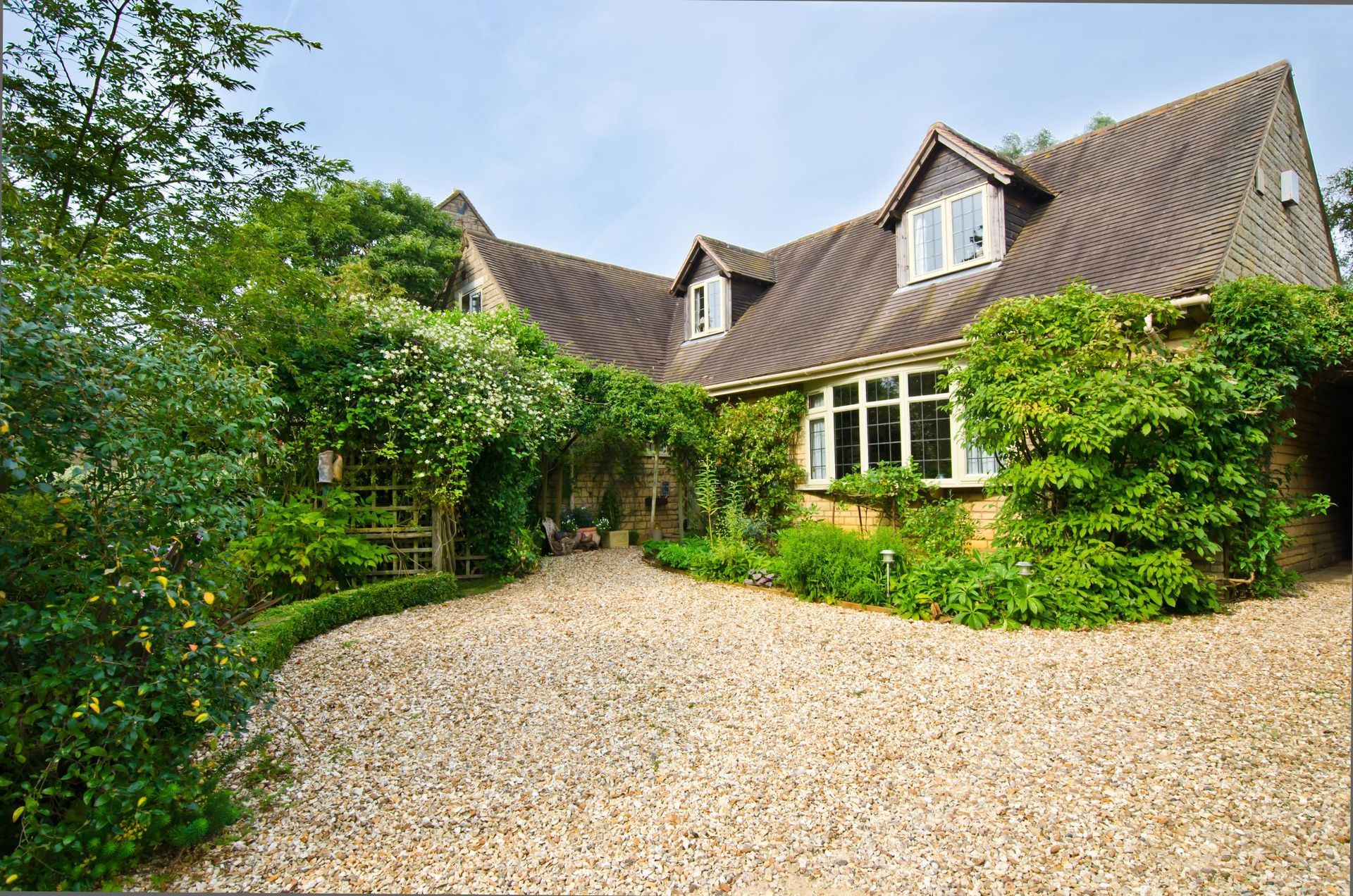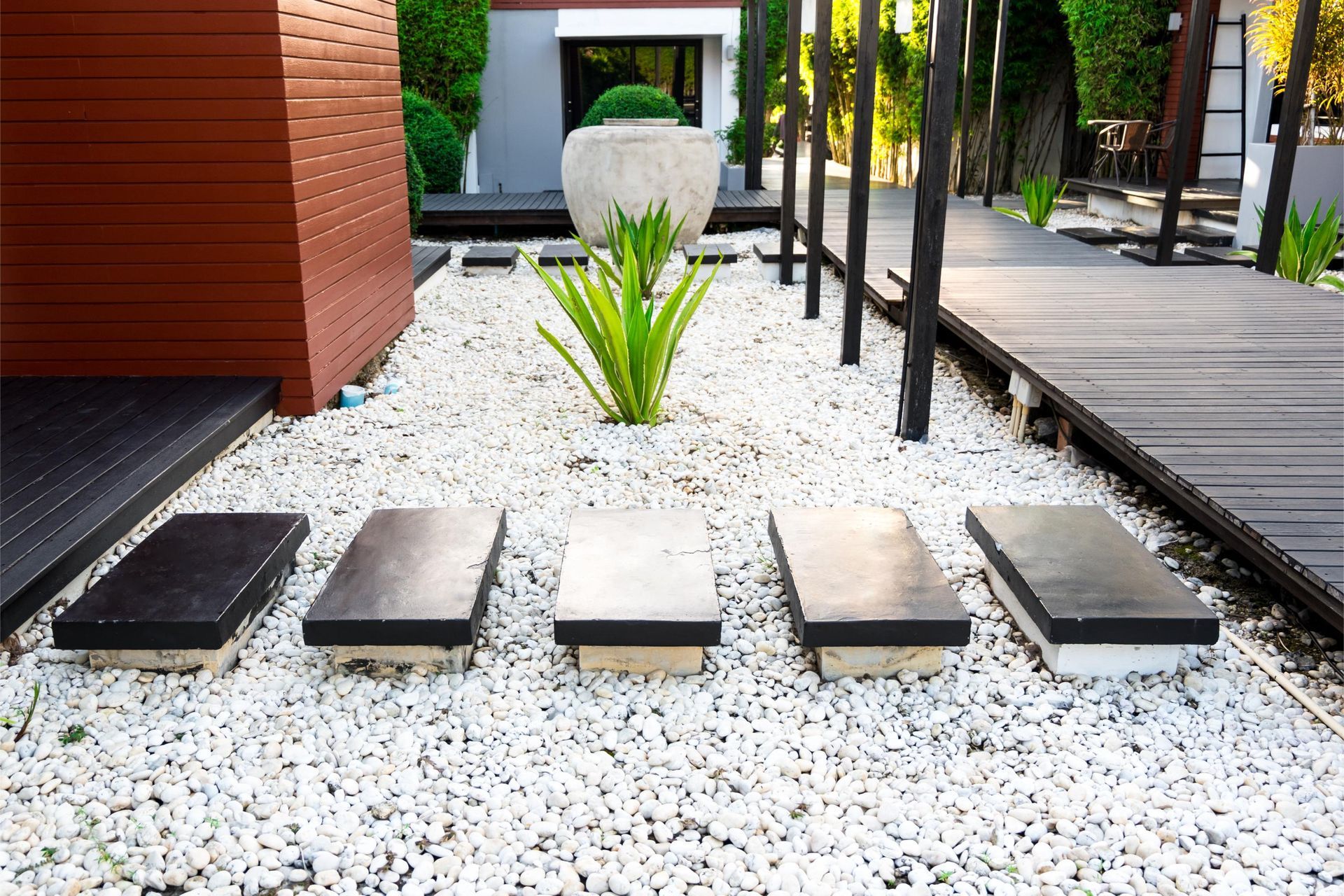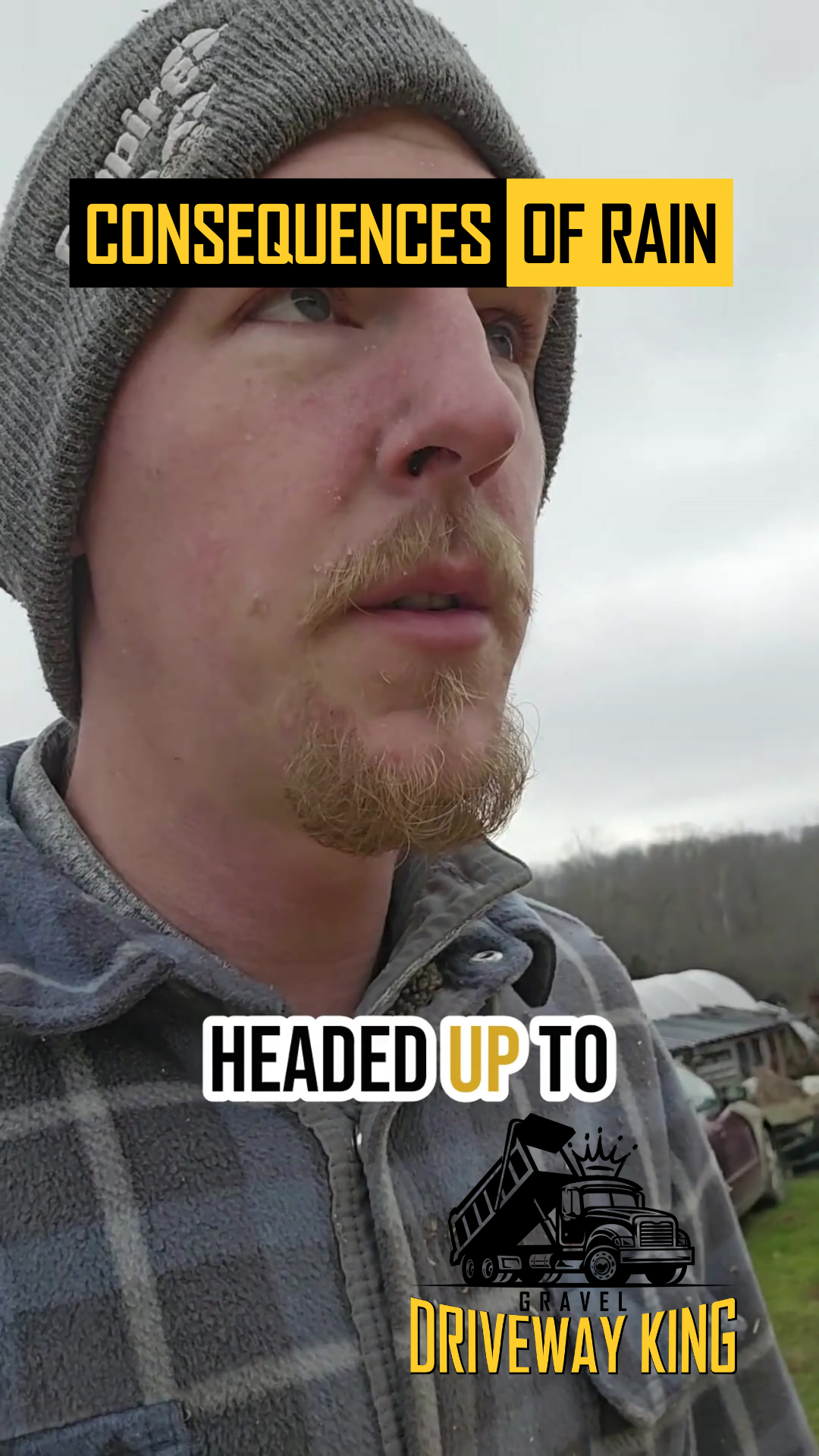Stop Your Pond from Filling In: A Simple Guide to Preventing Bank Erosion
Introduction
POND EROSION TIPS AND TRICKS FROM FARMLAND
UTILIZING THE MATERIAL WE HAVE AVAILABLE TO PREVENT EROSION
I was out in the rain today, looking at a pond project that really drives home a point I've been making for years.
When you build a pond, what you see isn't always what you get - at least not for long.
Those fresh, clean pond banks might look great when you first dig them, but without the right protection, they won't stay that way.
The problem is simple but serious: rain washes unprotected soil right into your pond.
Before you know it, that deep pond you paid good money for starts getting shallower and shallower.
It's a problem I see all too often, but there's a straightforward solution that many folks don't know about.
Welcome to Driveway King!
Understanding the Problem
Here's what happens: When you first dig a pond, you're left with bare clay banks. They might look solid, but every raindrop that hits them (and we get plenty of rain here in Middle Tennessee) carries a little bit of soil down into your pond. Over time, those little bits add up to a big problem.
Think about it like this - your pond banks are basically bare dirt sitting at an angle. Without anything to hold them in place, they're going to move downhill. That's just gravity doing its thing. What makes it worse is that new ponds are especially vulnerable. There's no grass, no root system, nothing to hold that soil in place. Every rain event is literally washing your investment away, filling in the bottom of your pond foot by foot.
I've seen folks lose several feet of depth this way. One day they have an 8-foot-deep pond, and before they know it, they're looking at 6 feet or less.
The worst part?
Most people don't even realize it's happening until it's too late.
The Hidden Impact
Let me paint you a clear picture of what's really at stake here.
That erosion isn't just making your pond shallower - it's causing problems you might not see right away.
When soil washes in, it doesn't spread out evenly across the bottom.
Instead, you get these uneven spots where the dirt piles up, usually right where the banks meet the bottom.
I was looking at a pond today that shows exactly what happens.
Despite having lots of grass growing around the edges, there were still spots where bare clay was exposed.
Those spots aren't just eyesores - they're actively filling in the pond with every rainfall.
And once that dirt settles at the bottom, getting it out isn't just difficult - it's expensive.
The Simple Solution
Now here's the good news: preventing this problem is actually pretty simple.
All you need are some round bales of hay.
Yes, regular hay bales like the ones farmers use.
It might sound too simple to work, but trust me - I've seen this solution save countless ponds.
The key is to unroll these bales around your pond banks right after construction.
Think of it like putting a protective blanket over that bare soil.
The hay does two important jobs: first, it absorbs the impact of rain drops before they can dislodge soil.
Second, it gives grass seeds a perfect environment to start growing.
Implementation Steps
Here's exactly how to do it:
First, get yourself some regular round hay bales.
Don't worry about getting the expensive stuff - basic hay works just fine for this job.
You want to unroll these bales along the top of your pond banks, making sure you cover all the bare spots.
The trick is to get good coverage without making it too thick.
You want the hay to protect the soil but still let grass grow through it.
I usually tell folks to aim for about 2-3 inches of coverage - enough that you can still see some soil through it, but not so much that you're wasting hay.
Make sure you pay extra attention to any steep spots or areas where water naturally wants to flow into the pond.
These are your high-risk areas and might need a little extra coverage.
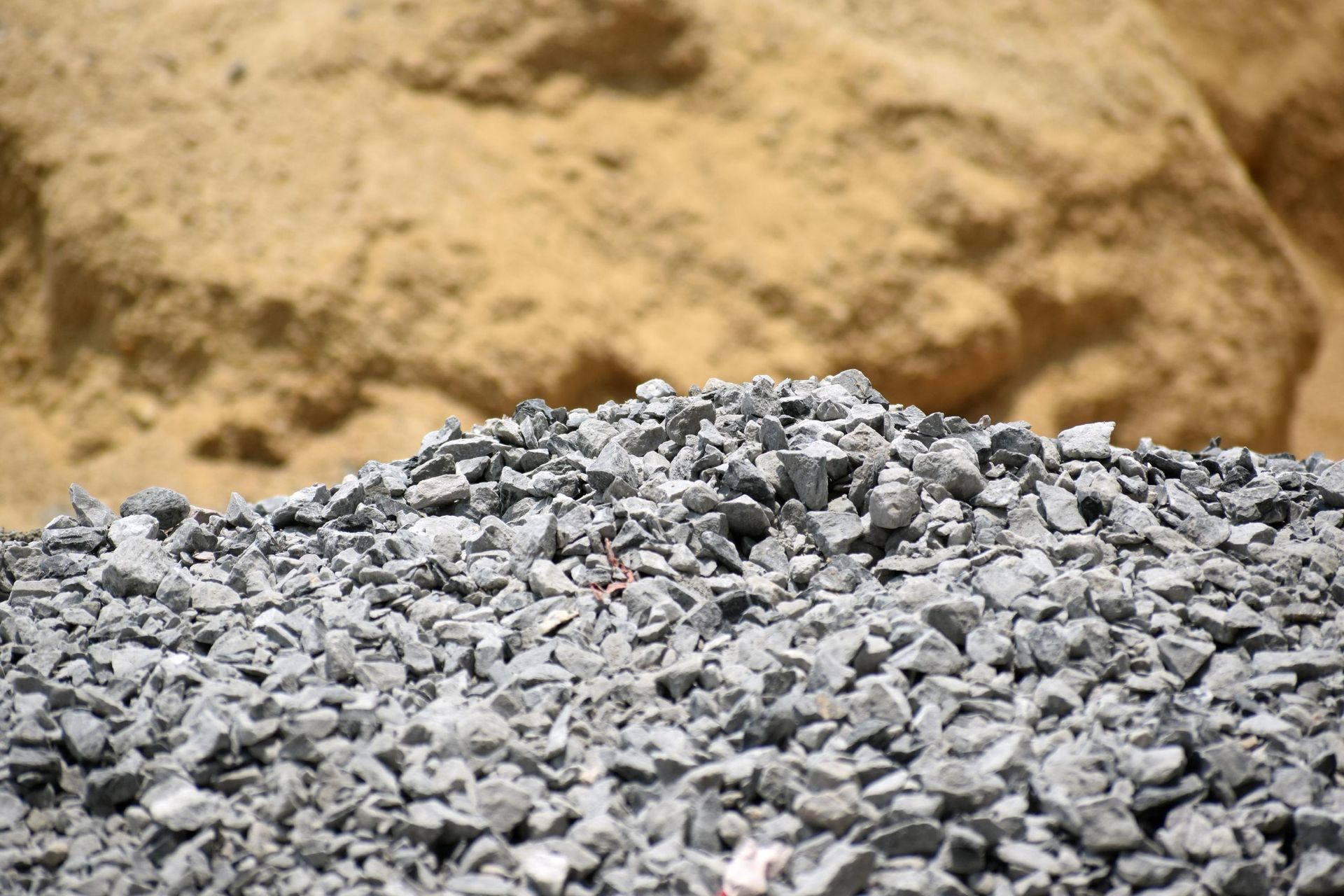
Slide title
Write your caption hereButton
Additional Benefits
Here's something that makes this solution even better - you get more than just erosion control.
That hay layer helps grass establish faster by keeping seeds in place and holding moisture.
Think of it like tucking your grass seed into a cozy bed.
The hay keeps the seeds warm and damp, which is exactly what they need to sprout.
Plus, once you've got good grass coverage, you're setting yourself up for years of easier maintenance.
No more filling in gullies or fixing washouts.
Your pond banks stay stable, and you spend less time (and money) on repairs.
IN CLOSING
At the end of the day, protecting your pond banks is about protecting your investment. Sure, unrolling hay bales takes some extra work upfront, but it's nothing compared to the hassle and expense of fixing erosion damage later.
Remember, a pond is supposed to be something you enjoy, not something you constantly worry about. Taking the time to do this simple prevention step means you can focus on enjoying your pond instead of fighting erosion problems.
If you've got questions about your pond project or need help with erosion control, feel free to reach out. We're always happy to share what we've learned from years of experience in Middle Tennessee.
